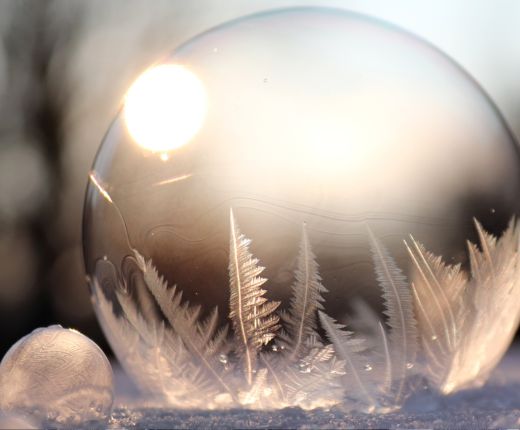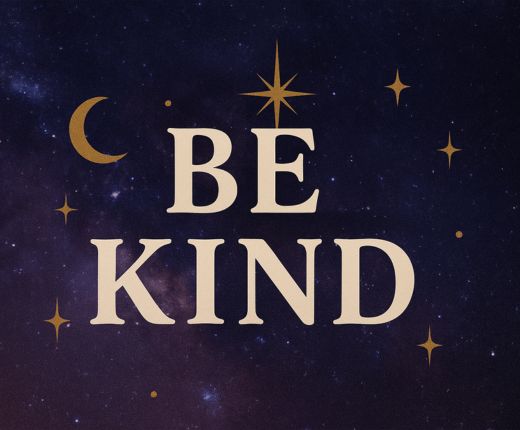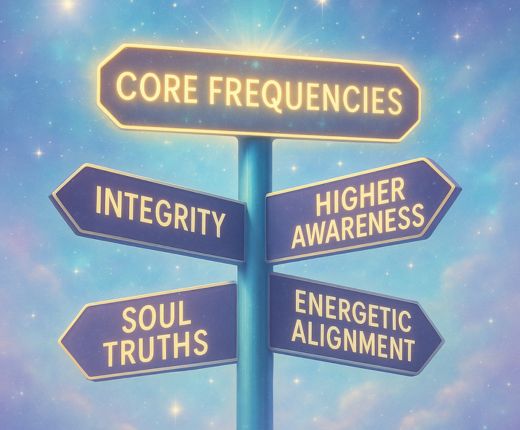
Let’s get this straight right away, I am pro-holiday. Whatever holiday you wish to celebrate is fine with me. I am, however, fascinated with human and social behavior, and how traditions have evolved over time. I always have been. So, I wanted to explore winter celebrations.
As the winter months unfold, bringing with it a flurry of festivities and cheerful celebrations, I can’t help but ponder the historical roots of one of the most widely celebrated holidays: Christmas. While many associate Christmas solely with Christian traditions, the holiday's origins are intertwined with a diverse tapestry of cultural influences, often centered around winter solstice.
The winter solstice is a magical and significant event that occurs annually when the Earth's axial tilt is farthest away from the sun, resulting in the shortest day and the longest night of the year in the Northern Hemisphere, heralding the gradual return of daylight. This phenomenon usually takes place around December 21st. Long before Christianity began, cultures around the world marked the winter solstice as a pivotal celestial event. Solstice, whether winter or summer, was perceived as deeply mystical for various ancient societies, and their solstice celebrations were rich with symbolism and rituals.
Roman Saturnalia: One of the most notable precursors to Christmas was the Roman festival of Saturnalia, celebrated in honor of Saturn, the god of agriculture. Saturnalia, lasting from December 17th to 23rd, involved feasting, gift-giving, and a temporary suspension of social norms. The parallels between Saturnalia and modern Christmas traditions, such as gift exchanges and festive banquets, point to the influence of these ancient customs on the Christian celebration.
Norse Yule: In Norse mythology, the winter solstice was commemorated through the festival of Yule. Yule festivities included feasting, the lighting of Yule logs, and the decoration of evergreen trees—a practice that may have inspired the modern Christmas tree tradition.
It is hypothesized that the early Christian Church strategically aligned the celebration of Christmas with the winter solstice to facilitate the conversion of pagan communities. Now, let’s get this straight right away, I do not doubt that there was an incredible Master Healer and Spiritual leader named Jesus. But above all, the church, in fact all churches, are practical. By appropriating existing customs and infusing them with Christian symbolism, the Church sought to integrate and assimilate various traditions into the new Christian narrative. The result was a merging of cultural practices, blurring the lines between the pagan and Christian aspects of the holiday.
While Christmas is now predominantly associated with Christian religious observances, its roots extend far beyond the boundaries of a single faith. For me, whether it is Christmas or Solstice, I am drawn inward for reflection; while acknowledging the celebration of life that is at the core of our modern Christmas practices. I am a child of the earth and the universe, and I align deeply with the cycles of our mother Gaia, and the significance of this of this celestial shift towards lightness. I generally seek nature, rather than crowds, but after all, humans are essentially tribes, and thus our primal call to gather is a powerful. I am grateful for my tribe.
Leave a comment (all fields required)
Comments will be approved before showing up.

